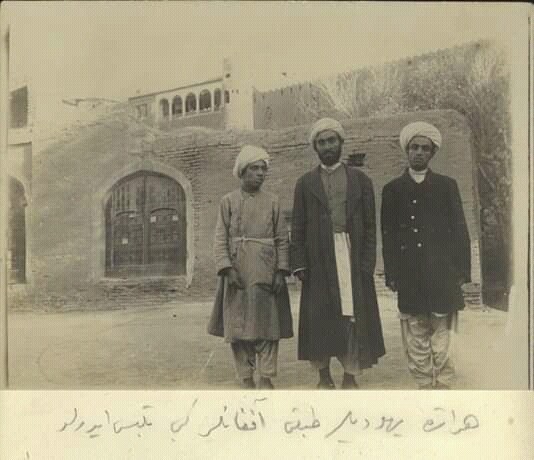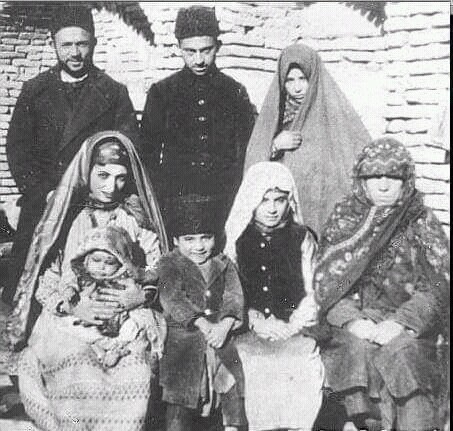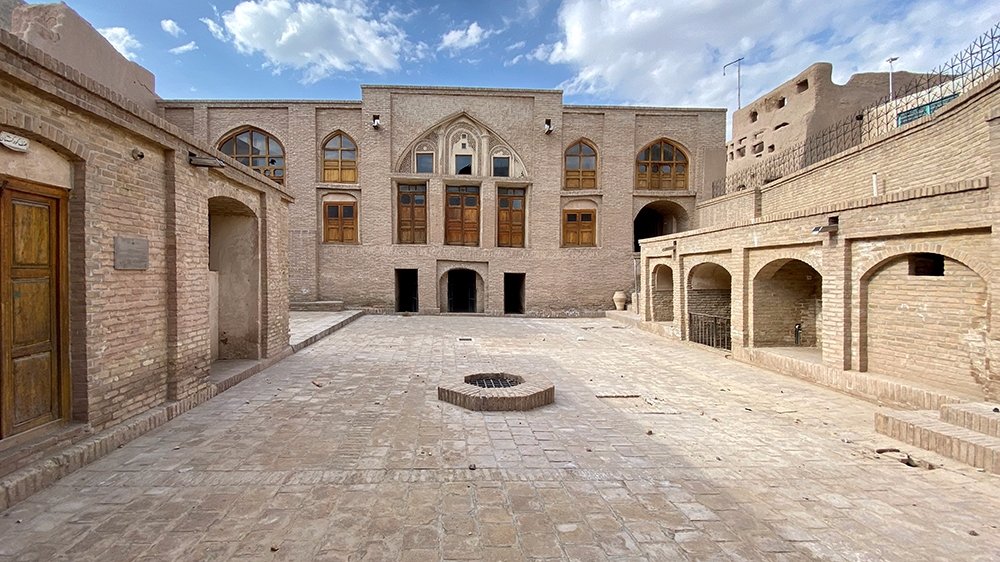AFGHANISTAN. Herat. Based on studies, The Jewish population in Herat was close to 40,000 as of 1836. The city was home to the largest community of Afghan Jews, whose presence in the region continued until the establishment of Israel in 1949. By the beginning of the civil war, their numbers dropped to zero as of the 1980s. Now all that remains are some elders who remember the past, living side by side with the Jewish community.
Sofi Abdul-Latif is 103 years old and locally known as “Baba Lati”. He still tells anecdotes of living in the Jewish neighborhood of Musahiya. According to him, the people of Musahiya were rich and were the owners of gardens in Herat. They were traders, merchants, doctors, butchers, and shopkeepers. “They were kind and nice behaved people,” Baba Latif said.
Control over the Herat Markets
Findings show the Jews of Musahiya controlled the markets in Herat. Selling spices and clothes were the cornerstones of their businesses. Some also sold the skin of sheep for export to other countries. While working in commerce, the different religious communities coexisted peacefully.
“I remember their drugstores in Cha-Har Soogh of Herat’s old city. My Jewish neighbor Yahya Musahi had two other brothers called Yousef and Mooshak Musahi, who were of my closest friends. Yahya was a doctor who is still alive in Israel,” Baba Latif explained while tears flowed from his eyes. He added, ”I have no contact with Yahya Musahi, whose memories will never fade away from my mind.”
Strong ties with the local people
Namatullah Sarwari, a professor of journalism at Herat University said, “I remember they had good strong social ties with people. No complaint about their attitudes was ever reported. We went to the cinema at that time together. But as of 1967, Israel occupied Palestinian lands. Some were afraid to live here any longer because people held protests against Israel. Still, people treated them nicely.
65-year old Younes, who also lived in Musahiya, still remembers his neighbor’s forever farewell. His house is close to the Yu-Aw synagogue, one of the preserved synagogues in Herat. He called the people of Musahiya kind.
“They had gone to the countryside villages and brought sallow trees, then kept tents inside the synagogue conducting this as a celebration of their Eid. We never interrupted them nor did they,” Younes explained.
A new generation explores the past
Not only do past generations have good memories of living in harmony with the Jews, but also the new generation describes them as a peaceful community while studying the history of their time spent in the country.
Jawid Zar-Gham, the young director for culture and art at the Herat culture and information department, shared with Transcontinental Times, “In most cases, Muslims would not trust another Muslim to keep his properties for protection, but before the Jews they did.”
Read also: Female Golf Players Face Increased Pressure To Quit Amid Cases Of Sexual Harassment
Jewish graves can be seen in the south of Herat, on the east side of the Muslim Soltan Mir-Abdul Wahid shrine. Here emerges another example of how their community was treated. Historical researcher Noor-Ahmad Karimi explained how Muslims protected the shrine of the Jews at that time.
Cultural similarities exited with the locals
The Jewish community spoke the same Persian language at the time and even wore the same clothes, with a few exceptions for men.

Many elders claim that Jewish women wore the same clothing and costumes as Muslim ladies. Some of their men also wore black coats.

Jewish people lived in the major cities like Kabul, Herat, Balkh, Jawzjan, Ghor, and Faryab. However, they were concentrated mostly in the center of Herat. Many of their synagogues are still being cared for by locals.
Visits to their homeland
Some former Herat Jews still return to visit from the United States, Israel, France, and other countries in their elder years. Sadly, the new generation like Josh Gad, Yarom Cohen, and the Kabul-born Rafael Pinhasi who served as the Israel minister of communications, may not remember their Afghan roots.
Be that as it may, their heritage and houses still remain. Some elders miss their Jewish neighbors and remember them fondly.



